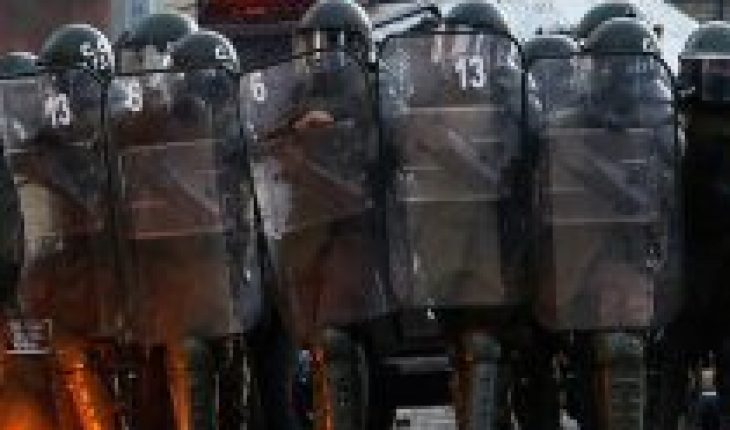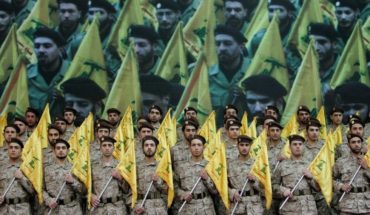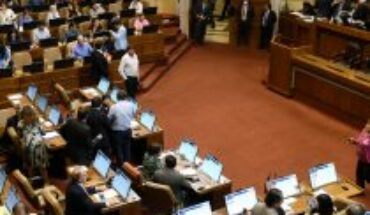
The crisis of legitimacy of Carabineros de Chile and the distrust of the public towards this institution continue to increase in a worrying way. With its nuances, from the most diverse sectors of society and politics, the diagnosis is the same: the succession of abuses of power, corruption, montages and lies no longer give for more.
Since last year’s October social outburst, cracks in Carabineros have proved almost unsonable. Scenes of police violence or a lack of judgment in their primary role of law enforcement, the gradual decline in their performance assessment, and the unreleased demonstrations of ex-carabinieri denouncing corruption in Mutuality are symptoms of internal corrosion.
The “Commission for Reform”, formed at the end of November 2019 at the request of the Senate Security Commission, produced an important document with a proposal for reform to Carabineros de Chile, understood as “a political process that involves redefining the role of uniformed police in our society”. Nothing less. The text stresses the urgency of initiating the design of this structural reform. The proposal was received and presented by the Government in March, followed by “a dialogue so far unfer fruitful: many meetings, several promises, few conclusions”, as José Miguel Insulza, a member of the committee, indicated a few days ago in an opinion column.
The commission’s proposal sets out criteria and areas for carabinieri’s intervention which have cross-cutting political support and should be the minimum floor for the recasting of this police force. In short, it is proposed to “move towards a model of civil police, of a hierarchical, non-deliberative nature, with a command structure with sufficient autonomy for the efficient exercise of its operational tasks, of promotion by merit, highly professionalized, whose legitimacy is sustained in external evaluations and controls”. Of course, the magnitude of these tasks will take years and the political will of several governments.
Chile does not face for the first time the challenge of recasting its police. Between 1889 and 1896 the first process of reorganization of the police system in the country was recorded. More than a decade ago, voices like that of the mayor of Santiago, Benjamin Vicuña Mackenna, stoningly claimed that the police were “an almost repulsive object”, both for the people and for “society in general”, advocating for a model of civil security police, decentralized and close to the community, that emulated the best of their London similes , Paris and New York.
These guidelines were embodied in the creation, in 1889, of the Santiago Security Police, which would serve as a model for the police forces of the provinces. The new corps was structured in police stations, replaced the military nomenclature of the escalation of existing bodies (commander, sergeant major, captain, lieutenant, sergeant, corporal and soldier was passed on to prefect, sub-prefect, commissioner, inspector, sub-inspector, guardian and aspirant), and contemplated a significant improvement in staff salaries. The Civil War of 1891 prevented this reform from being fully consolidated.
The impulse was resumed in 1896. It was key for the Government to regain control over the police forces which, under the Autonomous Commune Act decreed at the end of 1891, had been passed on to the mayors. In May 1896, the “Santiago Police Organization and Service Regulations” was enacted, which created a Fiscal Police that “will provide its services under the direction of the Intendent of the province and the immediate orders of the Prefect”. This corps maintained the escalation of the security police and inherited the decentralized model with one prefecture, ten police stations and an independent “Security Section” as the main novelty. The same year the organization of tax police began in the main cities of the country.
The next conjuncture of police recasting lasted for nearly a decade between 1924 and 1933. In the 1920s, tax police officers, in their distinctive blue uniform, were the main police presence in Chile, but they showed multiple problems in controlling public order in a society convulsed by the ‘social issue’, as well as fallacy to contain a more sophisticated and transnational type of crime. Autonomy and coordination problems between the tax police in each province, coupled with social pressures and police deliberation itself, led to the approvalLaw No. 4052 on the Unification of Tax Police in September 1924. This occurred in the midst of a cycle of political instability that lasted until 1927, when Colonel Carlos Ibáñez del Campo took power.
The creation of the body of Carabineros de Chile in April 1927 was one of the expressions of the centralizing project promoted by Ibáñez. It involved the merger of urban tax police with the Carabineros military police that since 1906 had been serving in rural areas. Within him also operated an Investigation Directorate, in charge of criminal investigation and espionage to opponents and social organizations. The new police entity, centralized and militarized, supporting the Ibañista dictatorship, was very resistant by the population and sank with it in 1931.
During the second government of Arturo Alessandri (since 1932) the police reorganization was completed with the separation of the Investigations and Identification and Passports services, uncomfortable with the “rigid nature of a military nature” of Carabineros. At the end of 1932 they were placed under the direct dependence of the Ministry of the Interior and in June 1933 Law No. 5180 was enacted which established its character as “civil distributions”, giving rise to the two independent police branches that remain to this day.
In the light of these two reformist processes, it is possible to conclude that the recasts of the police in Chile took place amid strong political and social shocks and under the direction of the political authorities of the nation. If the former involved adjusting the police to the requirements of a country moving towards capitalist modernization, the second faced the challenge of adapting them to a mass society with new demands for social and political inclusion. Today we find ourselves in a similar scenario, with a policewoman who has shown serious difficulties in tuning in to citizens’ concerns about the passivity of the latest governments.
On the other hand, historical experience shows the importance of considering the police framework as a whole. It doesn’t seem enough to focus efforts alone on Carabineros. Refoundation is a historic opportunity to move towards a plural security system, including reviewing the IPO’s location and functions and regulating the growing area of private and municipal security. It also entails ending the absurd duplication of functions of both policemen, introduced after the 1973 military coup. Why does a police officer of order, such as Carabineros, have to investigate crimes and execute intelligence?
In Chile, discussions on the role of police officers in a democratic regime and with full respect for human rights have been postponed for too long. Carabineros continues to operate with a logic typical of the last century, closed to dialogue with the public and defining enemies to fight. The teaching of HRDs often falls to exoficials who know little and nothing about the subject. As one retiring NCO told a press media officer a long time ago: “There is no pedagogy or knowledge there.” It’s time to put the bell on the cat.
The content poured into this opinion column is the sole responsibility of its author, and does not necessarily reflect the editorial line or position of El Mostrador.





